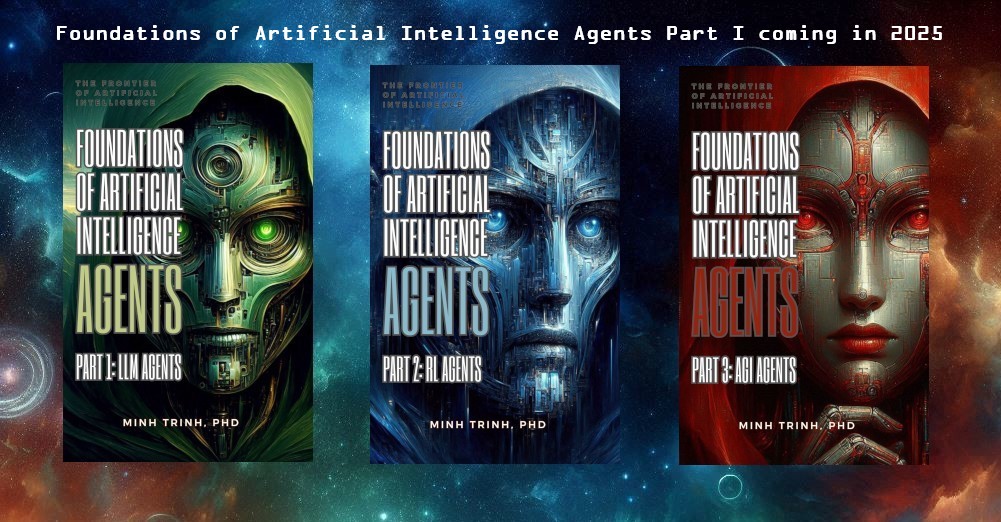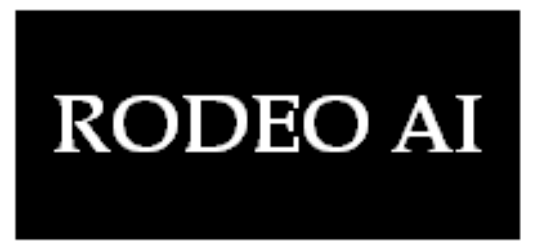
Ping An is the largest insurance company in China. It is a publicly-listed conglomerate providing services in Life and Health Insurance, Property and Casualty, Banking, Asset Management, Fintech, and Healthtech to over 200 million customers and over 500 million online customers. Its subsidiary Ping An Bank has recently been named World’s Best Digital Bank at the Euromoney Global Awards for Excellence 2020.
Reasons to invest in AI
In banking, Ping An with its subsidiary Ping An Bank is a relative latecomer compared to the incumbents. There are four historical banks: Industrial & Commercial Bank of China (ICBC), China Construction Bank Corp. (CCB), Agricultural Bank of China (ABC), and Bank of China, and then newcomers such as China Merchants Bank (CMB) and China CITIC Bank.
To differentiate itself and because of the scale of its operations, it has invested heavily in technology, in AI (along with blockchain and cloud computing) to service its customers. Ping An follows a finance + technology strategy, investing 1% of its revenues in R&D every year to enhance its technology, improve efficiency, lower its cost, and better manage risk. Technology feeds into five ecosystems: financial services, health care, auto services, real estate services, and smart city services.
AI Initiatives
Financial services
In financial services, Ping An bank is using AI extensively in its “AI Banker” system. The “AI Banker” is used to:
- Automatize customer service workloads
- Improve the efficiency and quality of its customer interactions
- Shorten credit card and loan approvals online and reduce manual work
- Automatize credit limit calculations based on credit and transaction history
- Identify eligible customers for private banking and wealth management
- Provide research and investment recommendations such as stock recommendations and asset allocation to high-net-worth customers
- Lower credit losses thanks to better risk management
- Prevent credit cards frauds by monitoring transactions and using fraud detection models
- Provide services in mobile banking
Technologies such as face recognition and document recognition are also used for customer identification to provide credit or make payments. Product recommendation systems are also used to match customers with
Ping An offers some of these capabilities to other banks and insurance companies through its OneConnect SaaS (Software as a Service) platform.
Health care
In healthcare, Ping An has developed Ping An Good Doctor, a platform to connect doctors and their patients. Ping An Good Doctor, has more than 300 million registered customers and 67 million monthly users. It provides information on 3,000 diseases and suggests treatments based on medical records and data. The doctor has also access to the electronic profile of the patient. The system is designed to prevent misdiagnosis and missed diagnosis.
Ping An has recently deployed one-minute clinics that allow patients to interact with an AI doctor for diagnosis and receive treatment. The AI doctor interacts with the patient in the clinic booth, finds a diagnosis, then a real doctor confirms the diagnosis and provides supplementary information. The common drugs are stored cryogenically in the booth and can be delivered on-site. Drugs can also be ordered through the Good Doctor App.
Property & casualties insurance
Ping An insurance arm uses a Credit-Based Smart Auto Insurance Claim Solution to process auto claims. Several AI technologies are used in this process. After an automobile accident, a customer can file a claim on a mobile phone, take pictures of the damages and submit any relevant documents. The customer is identified by face recognition. The AI system can assess the losses by identifying the auto parts and accessing a database of replacement costs. The customer then receives compensation based on the loss assessment but also her driving behavior and history. The whole process can take just a few minutes.
Ping An is anticipating the emergence of self-driving cars where the risk is shifting from the drivers to the automakers and is already thinking on how to cover this new risk. With AI and more data, it is moving to a predictive model of damage loss estimate instead of a simple ex-post model of loss estimate.
In other areas, Ping An is leveraging satellite imaging, drones, and Internet of Things (IoT) to assess business risks such as climate change. These data can be fed into AI models which can predict risk and losses more accurately.
Challenges
The FinTech and HealthTech initiatives are still a small part of current Ping An’s profits. They require very large investments that might test the patience of investors. These are also very competitive areas where AI innovations are key but present risk if they don’t have a long track record. Ping An is also offering many of its AI models on its platforms like OneConnect. Ping An will need to implement a smart AI risk management system to address these new risks internally and externally.

